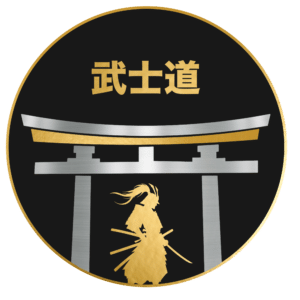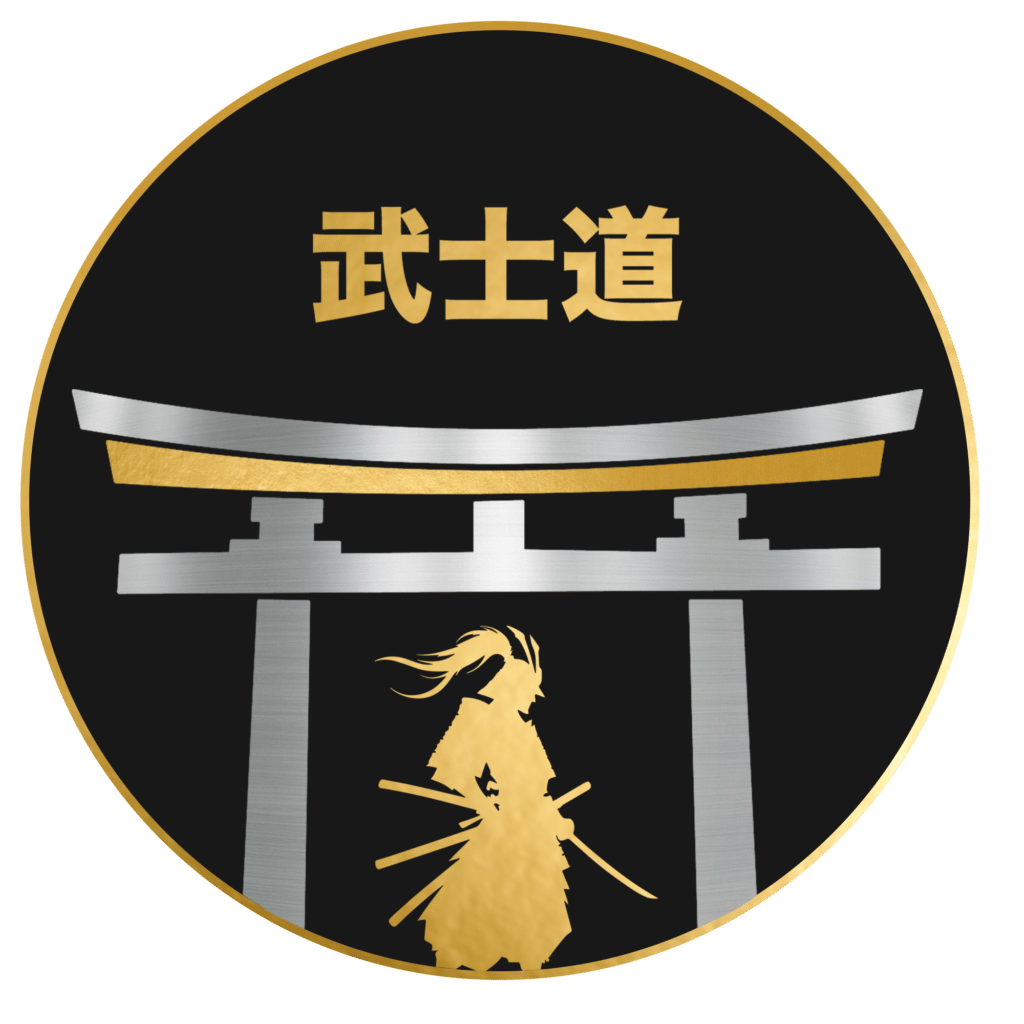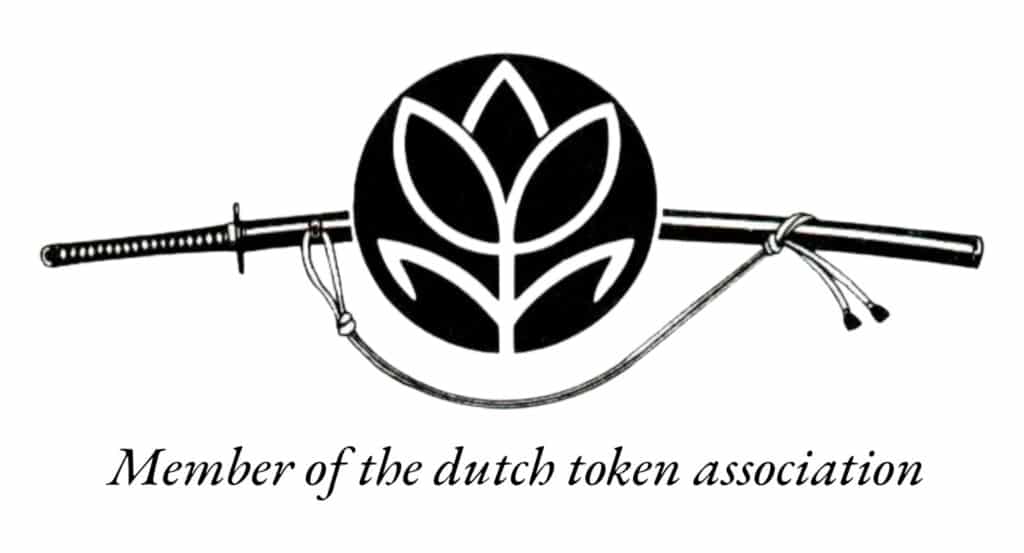The Naginata: A Symbol of Warrior Womanhood
In the world of samurai, the naginata stands apart. A polearm with a curved blade, it carries both elegance and force. For centuries, it has been closely tied to women of the warrior class. This bond was not made by chance.
The naginata allowed for reach. It gave a smaller frame advantage against a stronger foe. But beyond function, it offered something deeper—a sense of presence. In steady hands, the weapon moved with clarity. It carved lines through the air, practiced and precise.
Women trained with the naginata as part of their duty to defend home and clan. They also trained for the discipline itself—for the inner command it required. Over time, the naginata became more than a tool. It became symbol.
Power without chaos. Grace without fragility. Within its form lived both strength and stillness.
To understand the naginata is to understand a unique corner of samurai culture. One where the lines between warrior and artist begin to fade. One where women stood, not behind the sword, but beside it.
Design and Functionality of the Naginata
The naginata is a pole weapon with a curved blade fixed to the end of a long shaft. Its design blends reach and fluid movement. Warriors could sweep, thrust, and cut with speed and control from a distance.
On the battlefield, the naginata excelled at holding ground. Its arc could keep mounted opponents at bay. Against infantry, it allowed for wide, sweeping strikes.
What set it apart was its balance. Unlike the katana, which favored close quarters, or the yari, which focused on thrusting, the naginata offered versatility. It was graceful yet practical—rooted in precise control and distance.
The Naginata and the Women Samurai
The naginata, a pole weapon with a curved blade, became closely associated with women of the samurai class. Its adoption was not rooted in fashion, but in necessity and design. The weapon’s length allowed combat from a safer distance. Its sweeping strikes, both elegant and forceful, suited the defensive role often expected of women in fortified homes.
Culturally, Japan placed women in a dual position. They were guardians of the household and keepers of honor. In times of war, they defended not only their families but also their clan’s dignity. The naginata matched that role. It was defensive, yet capable. Graceful, yet lethal.
Martial training for noblewomen included the naginata as both art and preparation. In peace, its practice embodied discipline and poise. In conflict, it became a tool of survival and duty. This balance—between form and function, between tradition and need—cemented its place in the hands of female warriors.
The rise of the Onna-bugeisha, noblewomen trained in combat, reflects this synthesis. Their use of the naginata was not symbolic. It was strategic. It empowered them within the limits of their time. It gave them agency where little existed.
The naginata stands today as a symbol. Not only of martial skill, but of a woman’s quiet strength in a turbulent world. A weapon, yes—but also a lineage of purpose.
The Flow of Movement: Technique and Elegance
Naginata techniques flow like water. Each movement begins with intent and ends with control. There is no waste. The wielder aligns breath, stance, and strike in quiet rhythm.
The weapon’s long, curved blade demands openness. Wide arcs blend with natural body motion. Turns become smooth pivots. Steps echo balance and focus.
Elegance grows from repetition. Practitioners train to move without tension. The naginata does not fight the body—it extends it. Technique refines instinct, removing force and leaving only form.
Fluidity does not mean softness. It means readiness. The ability to shift, to respond, to remain poised. Where swordplay may clash, naginata flows. In this dance of steel, the body is both grounded and free.
The Naginata as Meditation: Mind and Body in Motion
The naginata demands presence. Each movement begins with attention. Mind drifts, form falters. Awareness returns, and the blade flows again.
Training with the naginata is not just physical. It sharpens the mind. You must focus on breath, stance, and surroundings. Distraction has no place. Repetition becomes rhythm, and rhythm quiets the noise within.
In the dojo, there is no rush. Practice slows the world. Strikes are deliberate, steps calculated. You learn to hear silence and read intent. Calm under tension becomes natural.
This is the meditation. Not stillness, but motion with purpose. Not escape, but engagement with the present moment. As the naginata arcs through space, so too does thought become clear.
Over time, discipline deepens. Patience grows. The mind learns to hold focus, not just on the mat, but in life beyond the dojo.
This is the gift of the naginata. Mind and body aligned. Awareness in motion.
Naginata: From Battlefield to Dojo
Once a weapon of war, the naginata served samurai and warrior monks on Japan’s battlefields. Its sweeping blade and long shaft offered reach, control, and devastating power. In skilled hands, it could parry swords, unseat horsemen, and hold ground.
As warfare evolved, firearms replaced blades. The need for battlefield naginata faded. Yet, it did not vanish. Instead, it found new purpose.
In the Edo period, the naginata became part of women’s martial education. Noblewomen trained to defend home and honor. The weapon, once for soldiers, now taught grace through discipline. Precision replaced violence. Form refined purpose.
Modern naginatajutsu continues this legacy. It is practiced in dojos, schools, and competitions. Movements remain sharp, deliberate, respectfully executed. Armor protects. Ritual grounds. What began in war now fosters focus, balance, and inner calm.
The naginata has not been forgotten. It has been transformed.
The Enduring Legacy of the Onna-bugeisha
The onna-bugeisha stood with quiet strength. They trained, fought, and lived by codes of honor. In silence, they carved space for women in the art of war.
Their legacy is not loud—it is lasting. In each swing of the naginata, a story was told. Of duty. Of courage. Of presence in every movement.
Today, their memory sharpens our sense of what is possible. Not as relics of the past, but as steady lights for the path forward.
To walk as they did is to choose focus over noise, clarity over fear.
Their spirit endures—in every act of discipline, in every life shaped by purpose.





